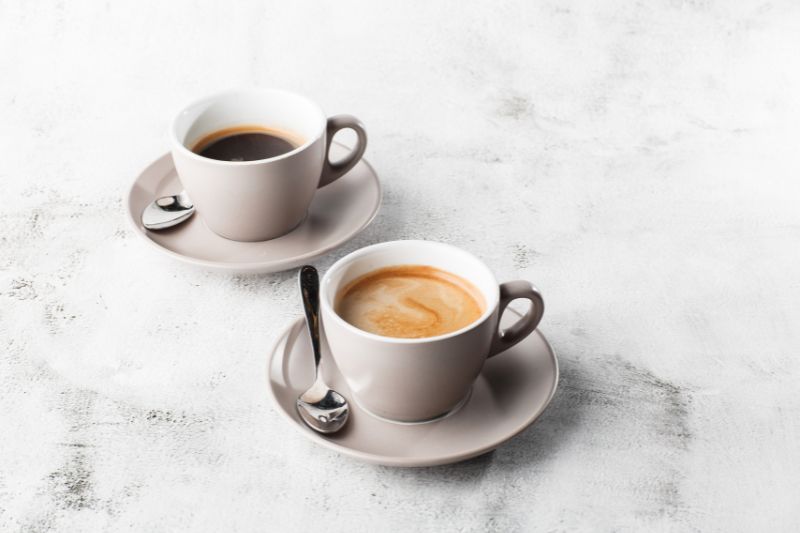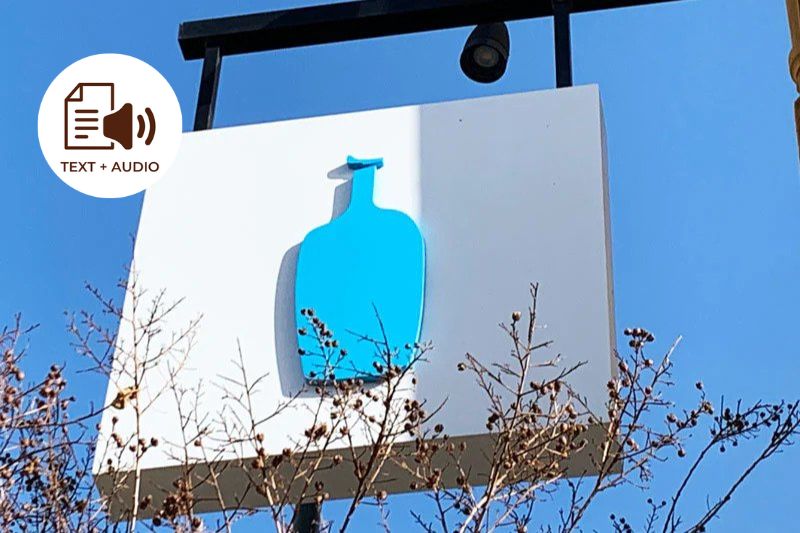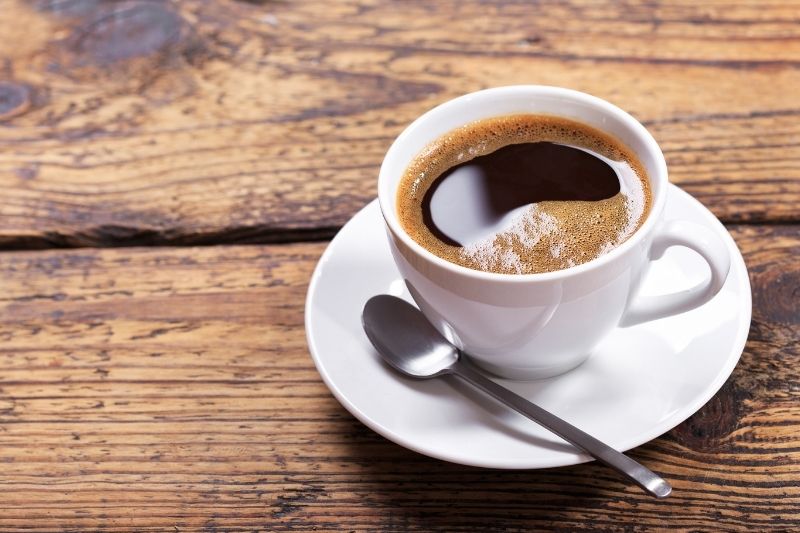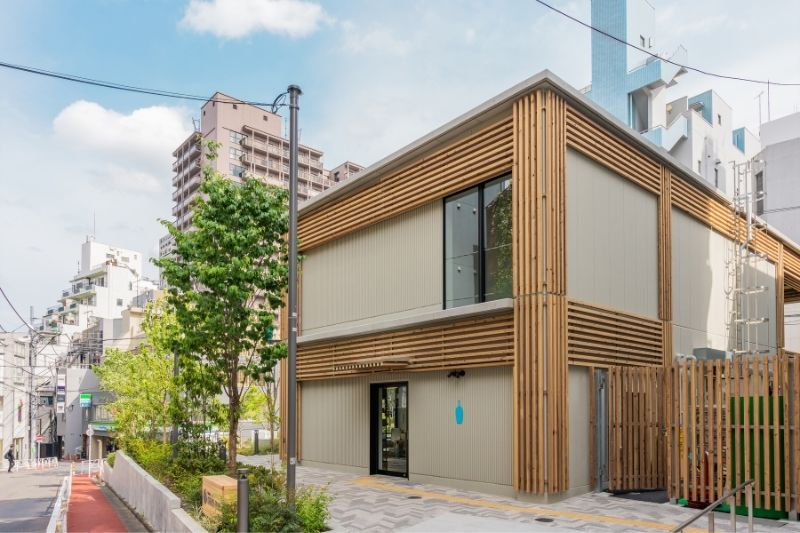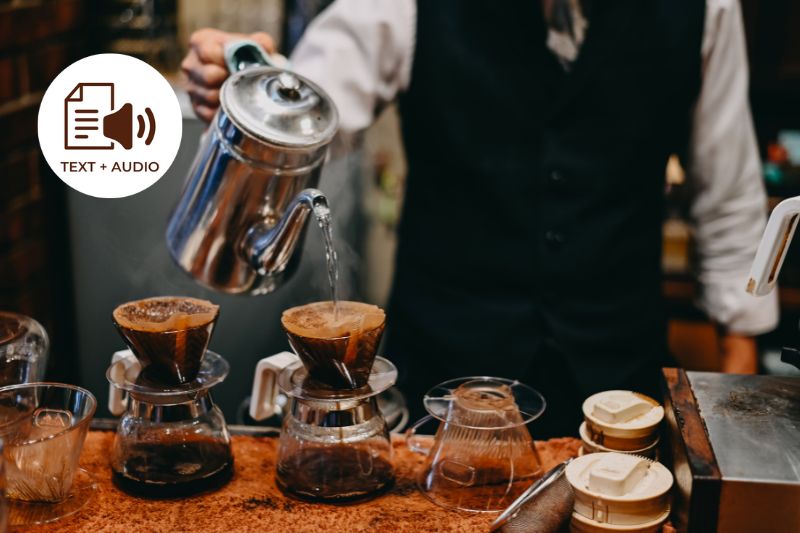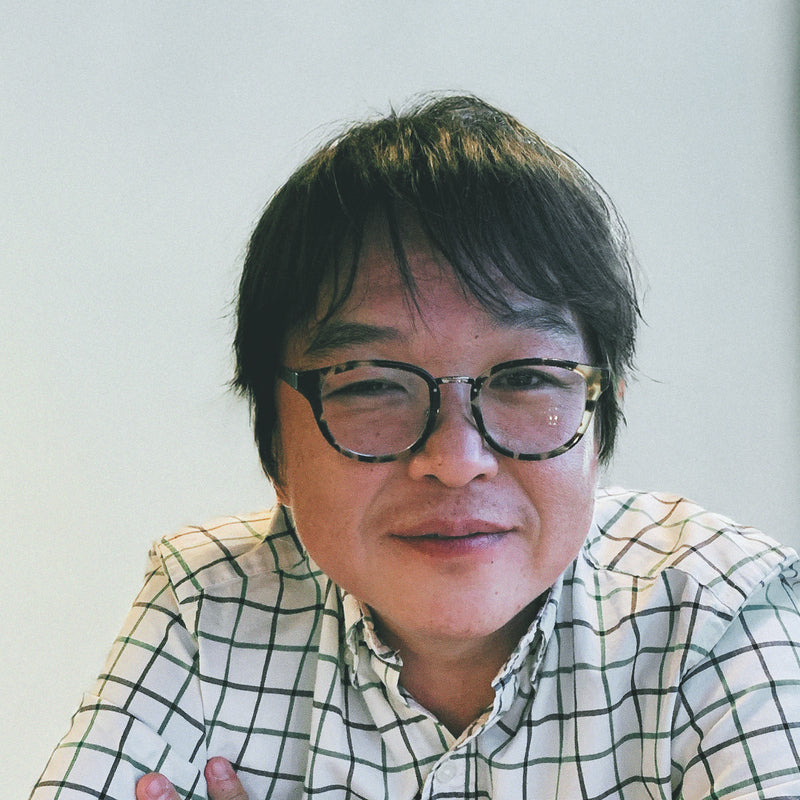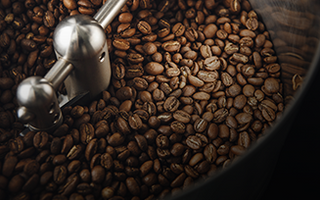The Japanese love their coffee, and it’s pretty fair to say that Japan’s coffee culture helped spark the third wave coffee trend that turned your token coffee drinker into a discerning coffee connoisseur. “Third wave” is the label given to coffee businesses that opened after 2000 and focused on improving coffee quality, engaging in more direct trade, and observing more sustainable practices to produce lighter roast profiles through innovative brewing.
The entire world cottoned to the third wave coffee phenomenon at the beginning of the millennium and never let go. It has since adopted the whole business concept as a thriving industry. Thanks to its Japanese kissaten influence, high-quality, artisan-prepared coffee has become the standard for the discriminating crowd.

While Europe is often credited for the popularity of coffeehouse culture, it was actually Japan that gave the world its first café as early as the late 1800s. That gave way to kissatens - simple but inviting art-deco style coffee shops that served tea or black coffee.
In the 20th century, as coffee became more readily available commercially, the kissatens focused on offering specialty coffee, particularly the hand-brewed, pour-over variety. They endeavored to create unique flavors, exclusively sourcing their beans from the best plantations and tweaking their coffee recipe to present a singular coffee experience available only at their shops.
It was during this time when coffee companies like Doutor Coffee and Sapporo Coffee Kan emerged with their contributions to Japan’s coffee shop culture.
Company Background
This article aims to compare Hoshino Coffee and Sapporo Coffee Kan. But, since Doutor Coffee, or its company Doutor Nichires, runs Hoshino Coffee, it will be included in the discussion.
Hoshino Coffee
Hoshino Coffee itself was founded more recently in 2011, but its parent company Doutor Nichires was already in the coffee business long before that. The company first came about in 2007 through the merger of Doutor Coffee and Nippon Restaurant System.
Doutor Coffee happens to be the first European-style café in Japan. It opened its first branch in Harajuku in 1980. Since then, it has opened more than a thousand stores in Japan, started its own coffee plantations in Hawai’i, and become famous for open-flame roasted coffee beans.
Hoshino Coffee is also operated by Doutor Nichires, whose current president since 2008 is one Masanori Hoshino. It is a different brand of coffee shop and coffee-oriented products, but it is also known for employing a direct-fire roasting method for its beans. When you mention Hoshino Coffee, what comes to mind is the coffee shop, which boasts a cozy but classy atmosphere and feels like a family-owned café despite having over a hundred branches throughout Japan and other Asian countries.
Its menu is superb and includes a signature soufflé pancake that locals and tourists rave about, but Hoshino’s coffee itself is also a primary draw. Besides using direct-fire roasted beans, it also serves coffee with a unique hand-drip pouring technique that its baristas have mastered.
Sapporo Coffee Kan
This coffee company came to be in Sapporo, Hokkaido, back in 1982 when it first opened a shop that sold first-rate tea leaves and coffee beans. A couple of years later, it invested in a 20-pound charcoal roasting machine and dedicated itself to producing sumiyaki coffee, a rare, artisanal variety of coffee achieved with charcoal-grilled beans.
In 1986, Sapporo Coffee Kan joined the coffee shop industry with the opening of its first café wherein its sumiyaki coffee was prepared using a Nel Drip and a manual pour-over method.
Upon the success of the place, other branches soon opened.
The company didn’t stop with the coffee shops either. In its campaign to bring excellent coffee to the public, it launched the “Office Coffee Service,” which allows workplaces to have freshly roasted beans as well as brewing equipment and coffee machines for making the employees’ own sumiyaki coffee at work.
Coffee Quality
Hoshino Coffee
The process starts with the careful selection of premium Arabica beans from all over the world. This is currently done by coffee specialist Masahiro Kanno. The coffee bean selection is then roasted based on their blend, but always through the direct-fire method cultivated by the company over the decades. All these lead to a premium coffee drink from hand-drip brewing freshly ground beans.
Hoshino Coffee Blend is what the main blend is called. It is known for having a deep, lingering aroma and a rich but well-balanced flavor with a hint of chestnut, presenting a delightful harmony of acidity and sweetness. In addition, it has a smooth and solid deliciousness that is not at all overstated. This signature blend consists of beans from Brazil, Colombia, Cuba, and Mexico.
There are two other blends typically featured on the menu: Hikoboshi Blend or Altair and Orihime Blend or Vega, apparently named after summer stars. Hikoboshi is full-bodied and thick with a bitter taste but a sweet aftertaste. Its beans are from Guatemala, Colombia, and Brazil. On the other hand, Orihime is light-bodied and mild with a clean taste laced with a biscuity flavor. Its beans are from Brazil and Kenya.
Hand-drip Brewing Method
If you were to buy these blends to enjoy at home, this is how you brew them a la Hoshino Coffee. In preparing the beans, take note that it’s best that you weigh accurately and grind them to a medium-fine ground, which is perfect for use with a paper filter. The standard weight for a cup of coffee is around 10 grams, but for better brewing stability, do so for two or more cups.
- Set the filter to have as few gaps as possible. Add the ground beans, and then shake lightly to even out the top—no need to rinse the paper filter first.
- Using a pot or kettle with a narrow spout, heat water to 85 to 90 degrees Celsius before pouring.
- Start with a thin stream into the center, pouring in a range of a circle about an inch in diameter. Then, stop to let the water seep through the grounds. Allow them to soak for about half a minute.
- Pour in a circular motion, adjusting the flow to ensure that the coffee swells or “blooms” constantly. Avoid pouring directly on the filter edge.
- When the cup or pot has collected a sufficient volume of coffee, remove the dripper with hot water still in it. Do not completely drain the water to avoid any unwanted or miscellaneous taste.
Sapporo Coffee Kan
Bean selection is also an integral part of ensuring Sapporo Coffee Kan’s coffee quality. It sources its beans from some of the best coffee farms in the best coffee-growing regions in the world. Moreover, it holds exclusive contracts with these plantations, so you can be confident the blends you get are pretty singular and peculiar only to Sapporo Coffee Kan.

The company is also known to adhere to sustainable practices with a penchant for natural and traditional ways of doing things. As previously stated, sumiyaki coffee is grilled over Bincho charcoal by artisan roasters. This gives Sapporo Coffee Kan coffee blends a rich and smoky taste.
The following are the company’s best sellers:
- (light to medium roast) Colombia Cerro El Pital.
- (medium roast) Brazil Cerrado.
- (medium roast blend) Quattro Mountain Blend with beans from Colombia, Ecuador, Indonesia, and Uganda.
- (medium-dark roast) Mandheling Berkat Lintong from Indonesia.
- (medium-dark roast) Indonesia Mt. Batur.
- (dark roast blend) European Mild Blend with beans from Brazil, Colombia, Honduras, and Indonesia.
- (dark roast blend) Premium Decaf with beans from Brazil, Colombia, and Ethiopia.
For the next artisanal segment of the process, the charcoal-roasted beans are ground for brewing using a Nel Drip. Prepared by such brewmasters, the resulting drink is a flavorful one with a velvety mouthfeel.
You can, of course, also enjoy a Sapporo Coffee Kan coffee at home by ordering whole beans or grounds. You can specify how fine the ground is based on how you wish to prepare it.
- Extra fine for espresso.
- Medium fine for paper filter.
- Medium for Nel Drip.
- Medium coarse for siphon.
- Coarse for French press.
To simulate preparation done at the café, use a Nel Drip. This is a pour-over style of preparing coffee that can be traced back to as early as the 1920s in Japan. It involves a device consisting of a glass brewer, a wooden collar, a wire ring with a handle for holding the filter, and a flannel cloth filter.
Final Thoughts
Both Hoshino Coffee and Sapporo Coffee Kan pride themselves on excellent quality specialty coffee achieved through the masterful management of the different production parts. Coffee specialists get to select the beans to use, which are then ground to be brewed using manual pour-over artisanal techniques. It’s no wonder that their coffee shops are great attractions in their area. Both brands contribute to the good reputation of Japanese coffee to the world.
Get Free Bonus Books

Sign up for free to the Coffee Club to get advice and exclusive articles about how to choose Japanese Coffee, and tips, tricks, and recipes for enjoying Japanese coffee.
About the author
Kei Nishida
Author, CEO Dream of Japan
Certification: PMP, BS in Computer Science
Education: Western Washington University
Kei Nishida is a passionate Japanese tea and coffee connoisseur, writer, and the founder and CEO of Japanese Coffee Co. and Japanese Green Tea Co., both part of Dream of Japan.
His journey began with a mission to introduce the world to the unparalleled quality of Japanese green tea. Through Japanese Green Tea Co., he established the only company that sources premium tea grown in nutrient-rich sugarcane soil—an innovation that led to multiple Global Tea Champion awards.
Building on this success and his passion for Japanese craftsmanship, Kei expanded into the world of coffee, pioneering the launch of Japanese Coffee Co., the first company to bring Sumiyaki charcoal-roasted coffee to a global audience. His dedication to authenticity and quality ensures that this traditional Japanese roasting method, once a well-kept secret, is now enjoyed worldwide.
Beyond tea and coffee, Kei has also introduced Japan’s legendary craftsmanship to the world through Japanese Knife Co., making handmade katana-style knives—crafted by a renowned katana maker—available outside Japan for the first time.
Kei’s journey continues as he seeks out and shares the hidden treasures of Japan, one cup and one blade at a time.
Learn more about Kei

